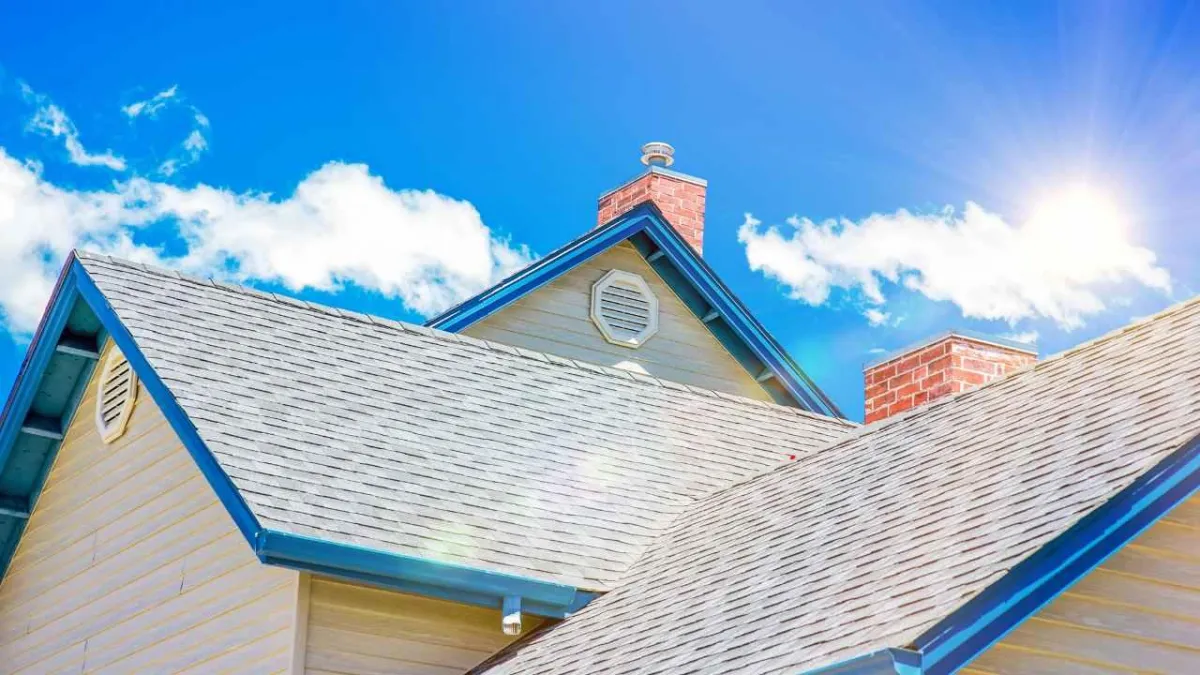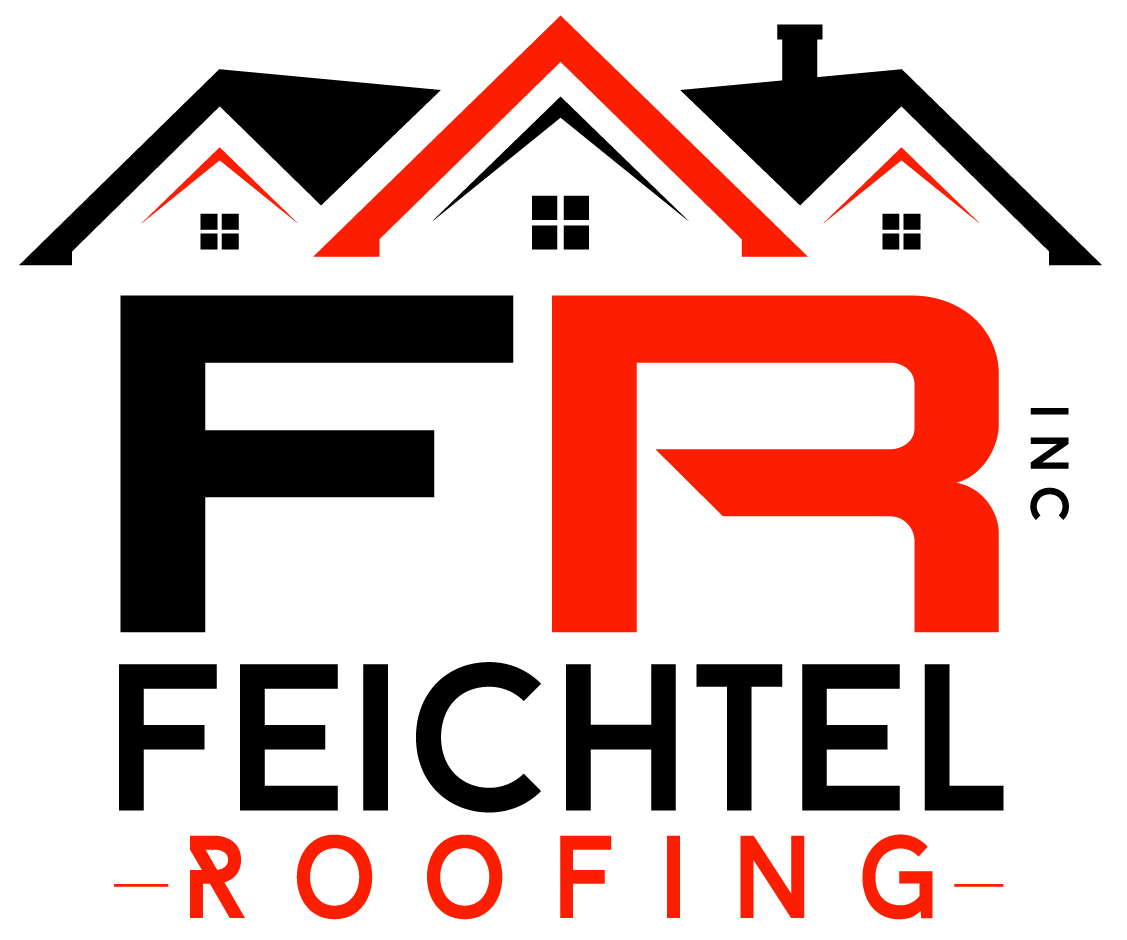
Cool Roofs: How They Help Save Energy and Lower Bills
If you're living in a place where the sun never seems to take a break, like Florida, your roof might be working harder than you think—and not in a good way. Standard roofs absorb heat, cranking up indoor temps and pushing your AC into overdrive. But there's a smarter option on the market: cool roofs.
In this post, you’ll learn how cool roofs work, how they can dramatically cut energy use, and what makes them a smart choice for both your wallet and the environment.
What Is a Cool Roof?
Let’s start with the basics. A cool roof is designed to reflect more sunlight and absorb less heat than a traditional roof. It typically uses special reflective paint, sheet coverings, or highly reflective tiles and shingles.
These materials do two things really well:
Reflect solar energy back into the atmosphere
Stay cooler than standard roofing under direct sunlight
The result? Less heat transfers into your home, and your cooling system doesn’t have to work as hard.
Energy Savings You Can See and Feel
One of the most immediate benefits of installing a cool roof is lower energy bills, especially during the summer months. When your roof reflects sunlight rather than soaking it up, indoor temperatures stay more manageable.
Here’s what you can expect with a cool roof:
Reduced cooling costs by 10% to 30% annually
Longer-lasting HVAC systems due to decreased strain
Lower indoor temperatures in rooms not directly cooled by AC
Over time, the savings really add up. Even a modest drop in indoor temperature means your air conditioner cycles less frequently, using less electricity. That means fewer surprise spikes on your utility bill.
Environmentally Smart, Too
Cool roofs don’t just benefit individual homeowners—they also help communities as a whole. Urban areas often experience the heat island effect, where concrete and asphalt absorb and radiate heat, raising the local temperature. Cool roofs help counteract this by reflecting solar radiation instead of absorbing it.
Other environmental benefits include:
Reduced greenhouse gas emissions from decreased energy use
Extended lifespan of roofing materials, meaning less waste in landfills
Improved air quality by minimizing the formation of smog
Plus, many cool roofing materials are recyclable and made with sustainable products. So you’re not just saving energy—you’re making a greener choice overall.
Real-World Results: A Case Study
A Lakeland homeowner recently worked with Feichtel Roofing of Lakeland to replace their aging shingles with a high-reflectivity cool roof. Within the first month, they noticed a 20% drop in their energy bill—and their second-floor bedrooms no longer felt like saunas in the afternoon. The project was completed in under a week, and the homeowner reported that the temperature in the attic dropped by over 30 degrees. This change didn’t just improve comfort; it extended the life of their HVAC system, too.
Should You Consider a Cool Roof?
If your roof is nearing the end of its lifespan, cool roofing is a smart upgrade to explore. Whether you're planning a full residential roof replacement or just researching ways to reduce monthly expenses, cool roofing offers long-term benefits that traditional materials can’t match.
And if you’re in the Sunshine State, teaming up with Florida roofing specialists who understand the unique climate challenges is key. Local professionals know which materials perform best under constant UV exposure and high humidity.
Time to Rethink Your Roof?
You don’t have to live with a roof that works against you. A cool roof can lower your bills, reduce your carbon footprint, and keep your home more comfortable—all year round.
Thinking about making the switch? Reach out to a local roofing expert today and see how a cool roof can work for you.

